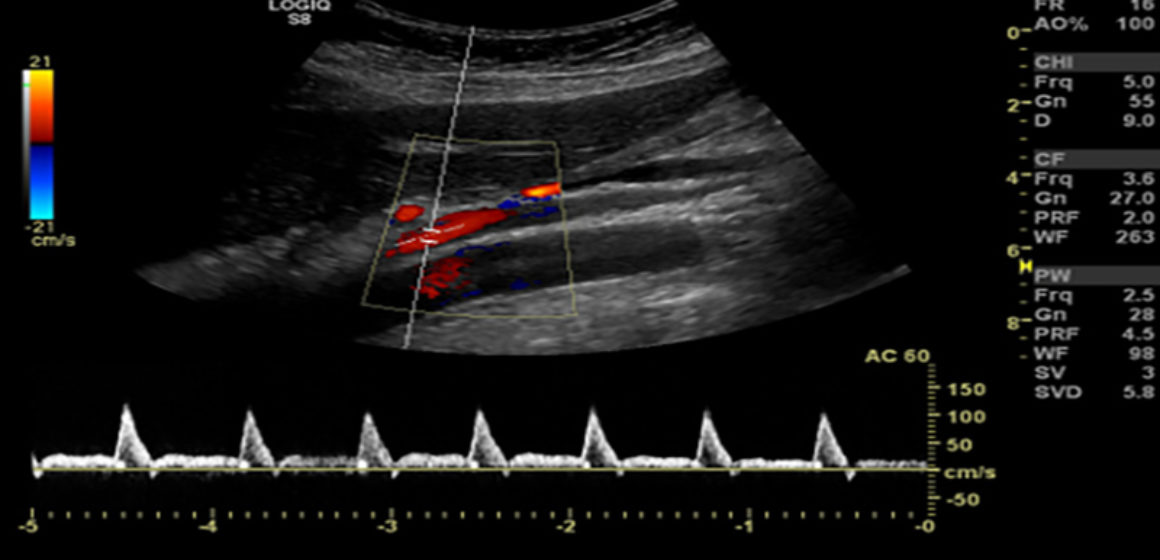Early Detection of Superior Mesenteric Artery Dissection by Ultrasound: Two Case Reports
Superior mesenteric artery (SMA) dissection is a rare disease. Most of the cases are diagnosed through contrast-enhanced computed tomography. The use of emergent bedside ultrasound has been described to diagnose aortic dissection. However, evidence is limited regarding the use of bedside ultrasound for diagnosing SMA dissection, which is a known risk factor for aortic dissection. We present two case reports: one case of isolated SMA dissection and one case of SMA dissection complicated with aortic dissection. Both cases were initially diagnosed through bedside ultrasound and confirmed through contrast-enhanced computed tomography.
Superior mesenteric artery (SMA) dissection is a rare condition. In an autopsy series, the incidence of spontaneous isolated SMA dissection was 0.06%. SMA dissection was first reported by Bauersfeld in 1947. Some cases of SMA dissection are isolated whereas others are combined with aortic dissection. The causes of SMA dissection are fibromuscular dysplasia, cystic medial necrosis, and other connective tissue diseases; however, no specific underlying cause of SMA dissection has been identified in the majority of reports. Symptoms of aortic dissection are various and include chest, abdomen, or back pain; loss of consciousness; weak pulse in one arm; and lower limb paralysis. Abdominal pain is the main symptom of isolated SMA dissection, and in most cases, pain onset is sudden and located in the epigastric or periumbilical area. Treatment strategies include conservative management with or without antithrombotic therapy, endovascular therapy with SMA stenting, or open surgery. Some authors have suggested conservative management as first-line treatment for symptomatic patients whereas other authors prefer endovascular treatment[3] especially for patients with persistent abdominal pain and favorable anatomy. Most SMA dissection cases are diagnosed through contrast-enhanced
computed tomography (CECT). Aortic dissection can be diagnosed through bedside ultrasound. However, evidence is limited regarding the use of bedside ultrasound for diagnosing SMA dissection, which is a known risk factor for aortic dissection. Herein, we present two cases: one case of isolated SMA dissection and one case of SMA dissection complicated with aortic dissection. Both cases were initially diagnosed through bedside ultrasound and confirmed through CECT.




